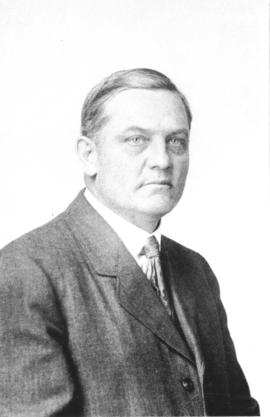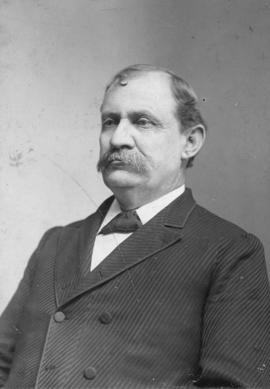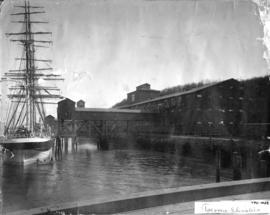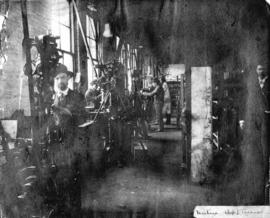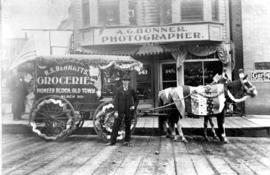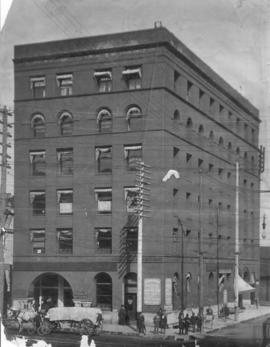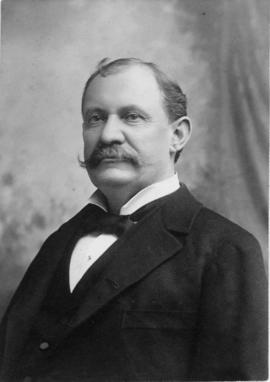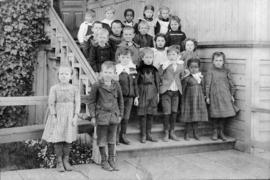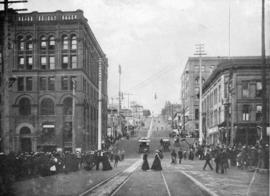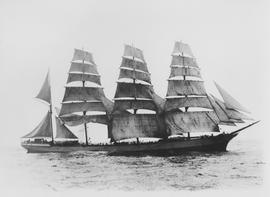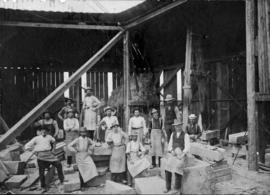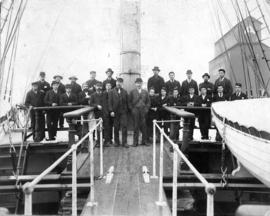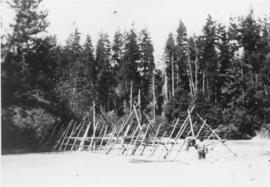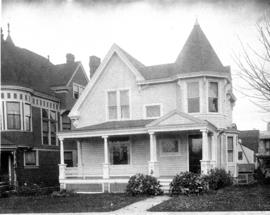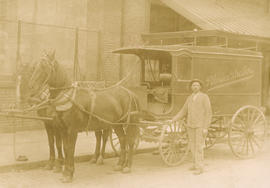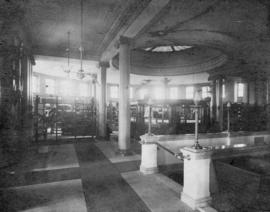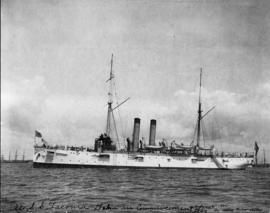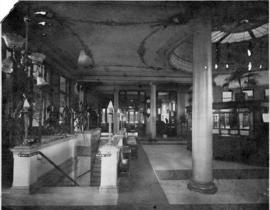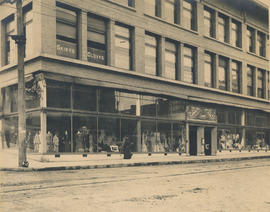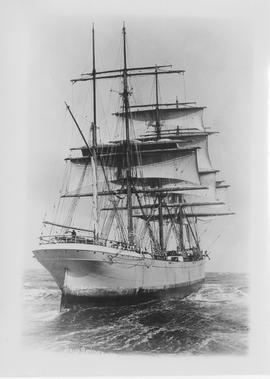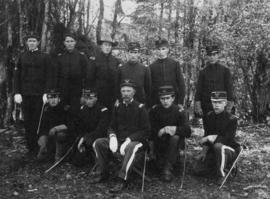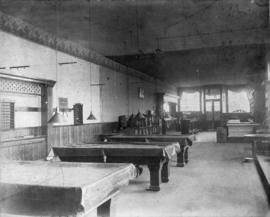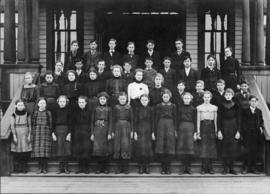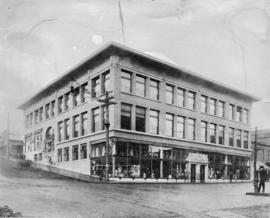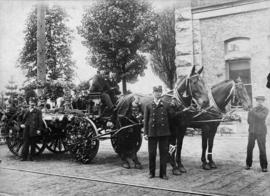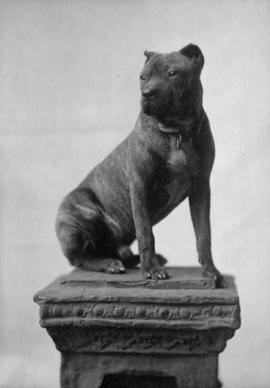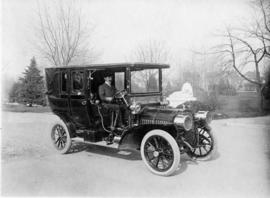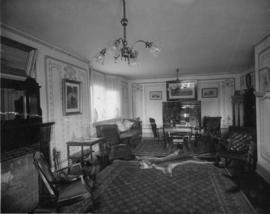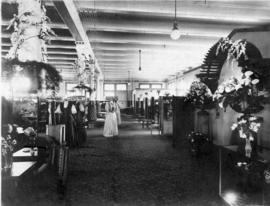- Item
- 1900
Part of General Photograph Collection
ca. 1900. George P. Wright was elected mayor of Tacoma April 4, 1904, defeating incumbent Louis D. Campbell by a vote of 4,239 to 3,578. The Democratic mayor would go on to re-election in 1906. Mr. Wright was born in Ontario, Canada in 1865. He would have a variety of occupations including teacher, farmer, government employee, merchant, contractor, and real estate and investment operator. Mr. Wright arrived in Walla Walla county about 1889 and moved to Tacoma about seven years later. During Mr. Wright's four years as mayor, his greatest accomplishments may have been the planning, engineering, financing and advocating of municipally owned systems of power and light and water supply. Charles F.A. Mann in his "An anniversary celebration commemorating one hundred years of Tacoma" called Mayor Wright the man who "started Tacoma's public utilities." Two terms of office were enough for Mr. Wright who would later establish Wright Shipyard in WWI. He would pass away in April of 1932 while serving as a Port of Tacoma commissioner and president of Tacoma Grocery Co. This picture is from Herbert Hunt's "Tacoma, Its History and Its Builders, Volume 2" p.517 ALBUM 16. (Mann: An anniversary commemorating one hundred years of Tacoma, p. 31; Hunt: Tacoma Its History and Its Builders, II, p. 202, 516-520)
Wright, George P.; Mayors--Tacoma--1900-1910
